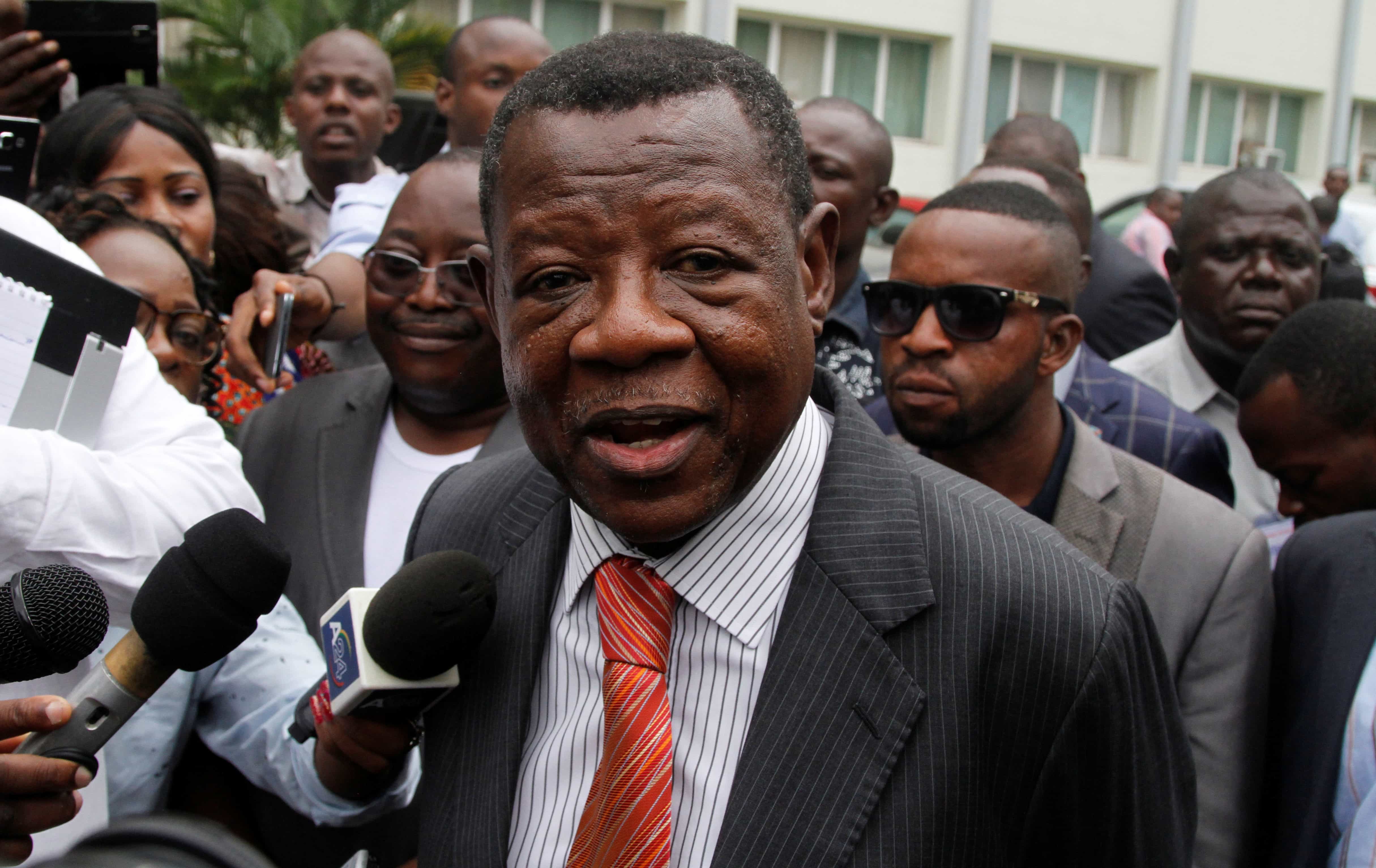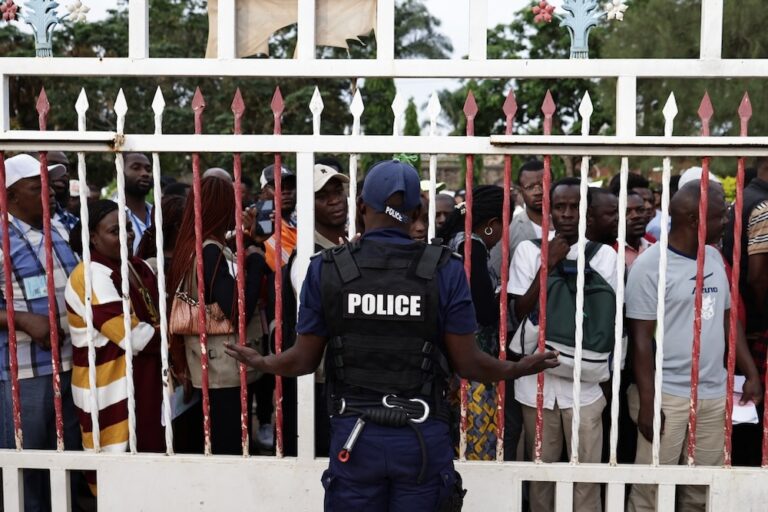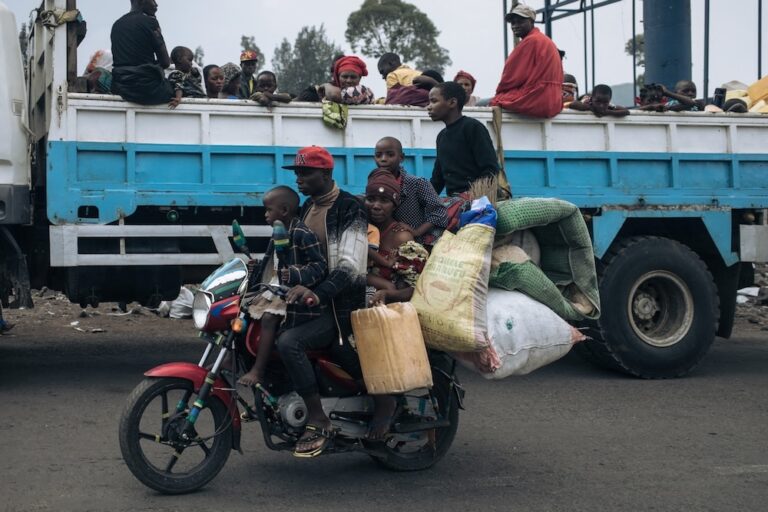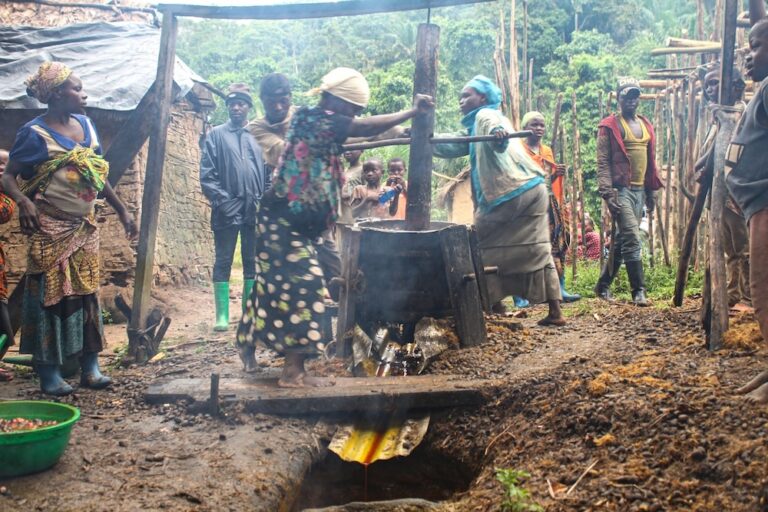Reporters Without Borders is concerned about death threats against journalists covering massacres by the Kamuina Nsapu rebel militia and by the Armed Forces of the Democratic Republic of Congo (FARDC) in the southern province of Kasaï-Central.
This statement was originally published on rsf.org on 21 February 2017.
Reporters Without Borders (RSF) is concerned about death threats against journalists covering massacres by the Kamuina Nsapu rebel militia and by the Armed Forces of the Democratic Republic of Congo (FARDC) in the southern province of Kasaï-Central.
A shocking video of FARDC soldiers massacring a group of people armed with no more than sticks and slingshots is the latest evidence of the violence by soldiers and local self-defence groups that has been under way in this region for the past several months.
Apparently filmed by a soldier, the video began circulating on social networks a few days ago and has made it impossible to continue denying that massacres are taking place. Referring to the violence was previously almost impossible for journalists and even now continues to lead to immediate threats.
At least four journalists in or near Kananga, the provincial capital, were threatened last week and two of them had to flee the region. At the same time, the government has joined in the attempts to discourage coverage of the violence. Information minister Lambert Mendé questioned the video’s authenticity and suggested that the FARDC had been guilty of no more than “excesses.”
“We ask all parties to the conflict to respect the right of journalist to investigate and inform the Congolese public and the world about the atrocities in Kasaï-Central,” RSF’s Clea Kahn-Sriber said. “Journalists are key witnesses and must be able to work freely. They must be free to cover and condemn the massacres that are taking place with complete impunity.”
Journalist in Danger, RSF’s local partner organization, issued a press release on 13 February condemning threats against two journalists in the region. One was Sosthène Kambidi of Kananga-based Radio Télévision Chrétienne (RTC), who was followed and threatened by soldiers for referring in his reporting to a massacre of around 30 people by members of the Kamuina Nsapu militia.
The other was Fabrice Mfwamba of Radio Communautaire Moyo, a community radio station based in Tshimbulu, a town 160 km south of Kananga that is the epicentre of the violence. After covering an FARDC operation against the militia, he was threatened by some of its members, who accused him of collaborating with the FARDC.
There have been more threats since that press release. André Kambala of Radio Okapi, a UN radio station, was verbally attacked by the head of the provincial office of the General Directorate for Migration (DGM) for referring to the violence. Berry Mulanda of Dibaya Tabala, a Tshimbulu-based community radio station, was threatened with beheading by local militiamen.
The militia is named after Kamuina Nsapu, the traditional chief in the Tshimbulu region, who disputed the authority of President Joseph Kabila’s government and was killed in a clash with police officers on 12 August 2016. Since then, his followers have taken up arms against the security forces with renewed enthusiasm and reports of massacres have been growing.
Several countries including the Vatican have condemned the Kasaï-Central violence and have urged the Congolese government to investigate it. Although two more videos have emerged in the past few days, the government continues to dispute the authenticity of the evidence and use its sovereignty as a pretext for rejecting the outside world’s calls for justice.
The media are coming under growing pressure as the opposition, civil society and international observers criticize the government for its lack of goodwill in the ongoing negotiations for the creation of a transitional government.
Local FM retransmission of Radio France Internationale’s broadcasts has meanwhile been suspended in Kinshasa for more than four months.
The Democratic Republic of Congo is ranked 152nd out of 180 countries in RSF’s 2016 World Press Freedom Index.



